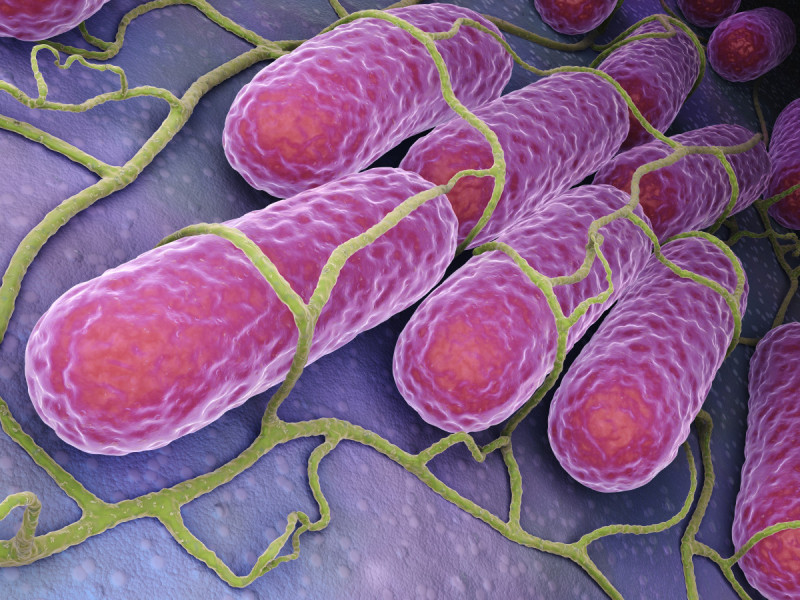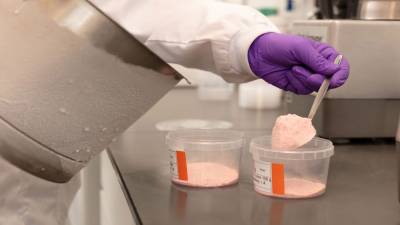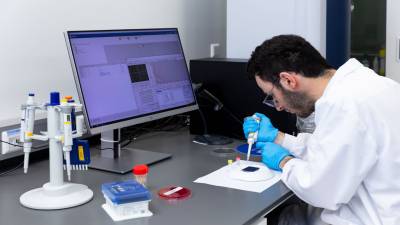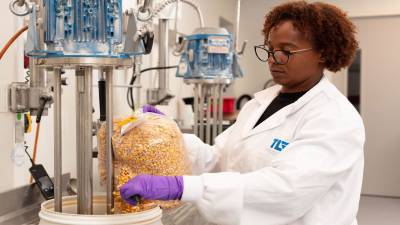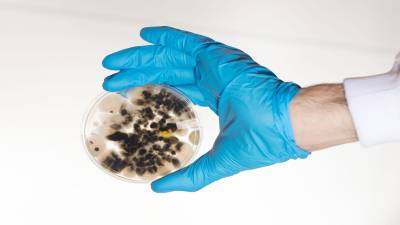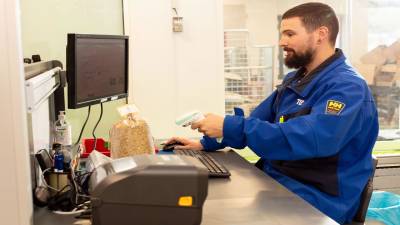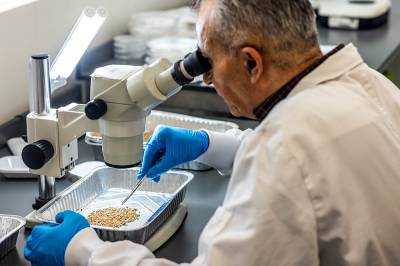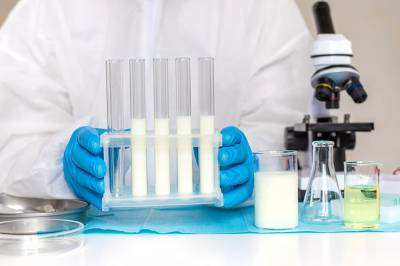Microbiological Analysis Methods for Producers and Retailers
Legal basis, risk management and validation
For businesses in the food supply chain, reliable microbiological analysis is critical. Validated methods help control food safety risks, ensure legal compliance, and prevent rejection, recalls or loss of market access. TLR International Laboratories offers a wide range of accredited and supplementary tests tailored to product type, risk profile and regulatory requirements.
Why microbiological analysis is essential
- Microbiological testing provides insight into:
- Presence of pathogens such as Salmonella spp., Listeria monocytogenes, STEC/EHEC and Campylobacter spp.
- General hygiene status of production environments and equipment
- Spoilage risks from yeasts, moulds or spore formers
- Compliance with national and international regulations (EU, export markets)
- Customer specifications, particularly in retail contracts
Risks of exceeding limits
- Exceeding microbiological criteria can lead to:
- Foodborne illnesses with serious health consequences
- Product recalls and legal claims
- Temporary production halts or closure by NVWA or foreign authorities
- Reputational damage and loss of export certification
Main test parameters and matrices
A. Pathogens (safety criteria)
- Salmonella spp. - meat, eggs, dairy, vegetables, herbs/spices
- Listeria monocytogenes - ready-to-eat products, soft cheeses
- STEC/EHEC (Escherichia coli) - raw meat, raw milk, sprouted seeds
- Campylobacter spp. - poultry
- Clostridium perfringens, Bacillus cereus - ready meals
Indicator organisms (process hygiene criteria)
Aerobic mesophilic count (AMC) - general hygiene
- Enterobacteriaceae - processing hygiene
- Coliforms, E. coli - faecal contamination
- Yeasts and moulds - spoilage or sensory issues
Regulations and standards
Microbiological criteria are laid down in:
Regulation (EC) No. 2073/2005
Criteria for end products, process hygiene, sampling frequency
Distinction between "food safety criteria" and "process hygiene criteria"
Regulation (EC) No. 852/2004 - general food hygiene
Regulation (EC) No. 178/2002 (General Food Law) - basic principles of food safety
Applied analytical methods
Classical culture-based methods
- Plating on selective or general media, followed by incubation
- Examples:
- Salmonella spp. (XLD-, BPW-media)
- Listeria monocytogenes (Fraser, ALOA)
- AMC, Enterobacteriaceae, E. coli, coliforms
Rapid methods
PCR (Polymerase Chain Reaction)
Detection of bacterial DNA; suitable for Listeria, Salmonella, STEC
Enables rapid release within 24 hours
Immunoassays and enzyme tests
Selective for toxin-producing strains or spores
Validation and accreditation
- Analytical methods must:
- Comply with ISO 16140 or be approved by AFNOR/AOAC
- Be aligned with Regulation 2073/2005
- Be performed by trained personnel under calibrated conditions
TLR International Laboratories conducts microbiological testing under ISO/IEC 17025 accreditation (scope RvA L059). Accredited analyses are traceable, reproducible and meet international validation standards.
In addition to the accredited package, TLR offers supplementary testing tailored to specific customer needs or customised monitoring programmes.
Conclusion
A microbiological control programme is vital for food safety, market access and supply chain transparency. The right analytical methods - adapted to product, risk and legal requirements - enable fast and reliable decisions in incidents or product release situations.
Meld je aan voor de laatste tips en adviezen dat je gelijk in de praktijk kunt brengen.

